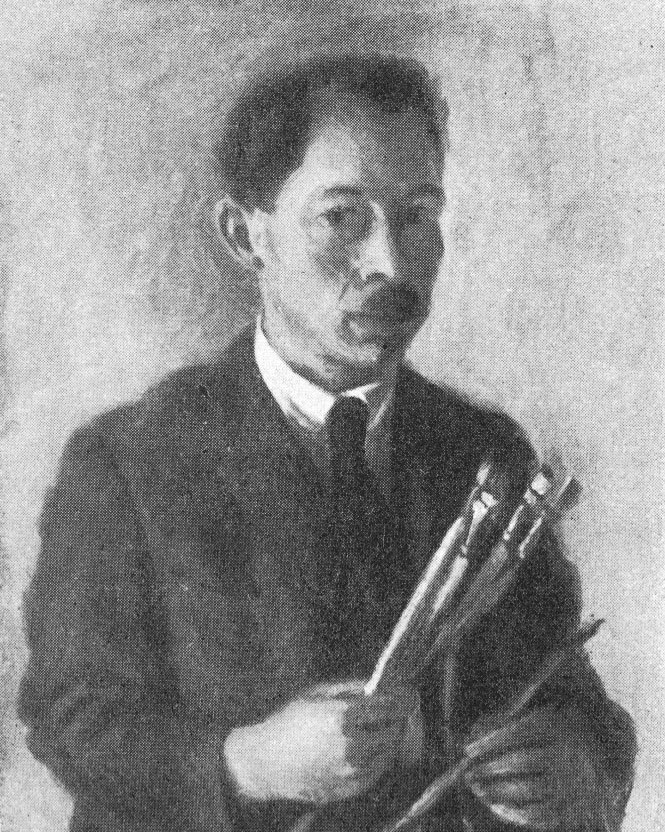Chaim SOUTINE
Январь 4, 2019Manfred STARKHAUS
Январь 4, 2019Иехиэль СПОЛЯНСКИЙ
МЕЛИТОПОЛЬ (РОССИЯ) 1899 – ДЕПОРТИРОВАН В ОСВЕНЦИМ В 1942 Г.
Иехиэль Сполянский рисовал всё детство. В 1916 году он записался в художественное училище Одессы и продолжил своё обучение в Санкт-Петербурге. В 1920 году приехал в Мюнхен, учился в академии Макса Дернера и писал о технике живописи — теме, которая была ему очень близка. Зарабатывал на жизнь реставрацией старинных картин по заказам антикваров. Скрываясь от антисемитизма в Германии, Сполянский обосновался в Париже в 1933 году. Благодаря знанию идиша он познакомился с художника- ми из Восточной Европы, которые заполняли террасы кафе на Монпарнасе. Встретился с Гершем Фенстером, вегетарианцем как и сам Сполянский, который часто приглашал его за свой столик. 27 июня 1941 года он был арестован жандармами в Ле Везине и интернирован на год в лагере Компьен. Депортирован и убит в Освенциме в 1942 году.
Stories of Jewish Artists of the School of Paris 1905-1939
FRENCH-ENGLISH
Capitale des arts, le Paris des années 1905-1939 attire les artistes du monde entier. De cette période de foisonnement, un terme est resté, celui d'Ecole de Paris, qui recouvre une grande diversité d'expression artistique. Dans ce brassage dont Montparnasse est le creuset, un groupe se distingue : celui des artistes juifs venus de Russie, de Pologne et d'Europe centrale. Si leurs styles sont variés, un destin commun les rassemble : ils fuient l'antisémitisme de leur pays d'origine. Certains ont connu la célébrité dès les années 1920, tels Soutine, Lipchitz ou Chagall. D'autres n'ont pas eu le temps ou la chance d'y accéder. Près de la moitié a péri dans les camps de concentration nazis.
From 1905 to 1939, Paris attracted artists from all over the globe as the capital of the art world. This period of artistic proliferation became known as the School of Paris, and includes a great diversity of artistic expression. Within the teeming art world centred on Montparnasse, one group set itself apart: Jewish artists from Russia, Poland, and Central Europe. Although their styles were diverse, they shared the common fate of fleeing anti-Semitic persecutions in their home countries. Some became famous in the 1920s, such as Soutine, Lipchitz, and Chagall, while others did not have the time or the luck to gain renown. Nearly half of these artists died in Nazi concentration camps.





